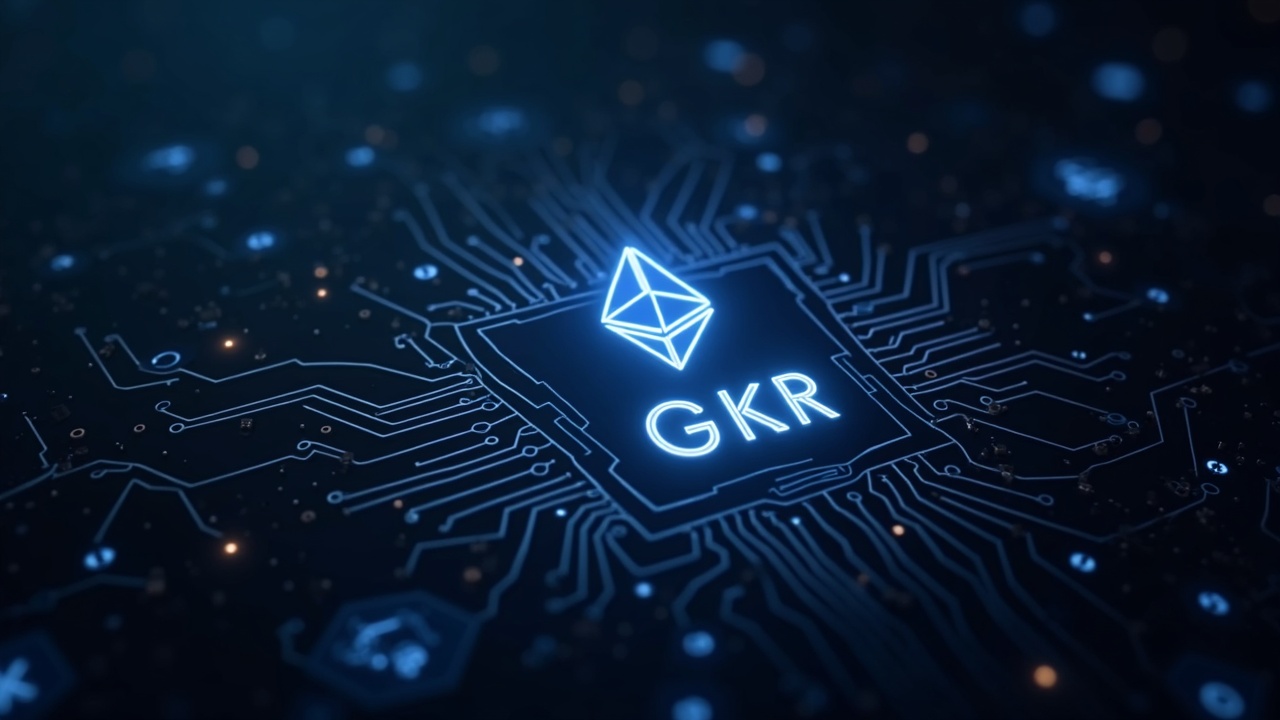Ethereum co-founder Vitalik Buterin has introduced the GKR (Goldwasser–Kalai–Rothblum) protocol, a cryptographic breakthrough designed to make zero-knowledge proofs faster and cheaper. This innovation is a key step toward realizing the “Lean Ethereum” vision, aiming to significantly enhance the network’s scalability and efficiency.
The GKR Protocol: Lighter Verification for a Faster Ethereum
The core innovation of the GKR protocol lies in its ability to verify massive computations with minimal on-chain overhead. Traditional proof systems often require costly commitments to intermediate steps of a calculation, creating a bottleneck. GKR revolutionizes this by focusing only on the inputs and final outputs.
Buterin’s tutorial explains that GKR is tailor-made for large-scale, repetitive computations, such as proving many hashes or neural network operations. Its efficiency comes from a “sumcheck” protocol, which breaks down a complex verification into a series of simpler, randomly checked claims. This recursive process reduces the verifier’s workload dramatically, cutting down verification time from a linear to a logarithmic scale relative to the circuit size. By avoiding intermediate commitments, GKR achieves reported efficiency gains of 10-15x over ZK-STARKs and up to 100x over older tools.
Why This Matters for Ethereum’s Future
The deployment of GKR has profound implications for the entire Ethereum ecosystem, directly addressing long-standing challenges around cost and capacity.
For developers and users, the most immediate impact will be lower transaction costs. By drastically reducing the computational resources needed for verification, GKR can help reduce the gas fees associated with complex transactions and rollups. Furthermore, it paves the way for higher throughput, enabling the network to process more transactions per second and support more sophisticated decentralized applications (dApps), including those in AI and DeFi.
It’s important to note that GKR itself is not a zero-knowledge protocol; it ensures succinct verification but not privacy. To achieve confidentiality, it must be wrapped in a ZK-SNARK or ZK-STARK layer, adding complexity but offering a powerful combination of efficiency and privacy.

The Road from Theory to Practice
While the theoretical benefits are clear, the practical application of GKR is already underway. The protocol is a key piece of Ethereum’s long-term roadmap, supporting initiatives like proof aggregation for rollups and stateless clients, which are crucial for a “leaner” and more scalable network.
In the real world, teams are already demonstrating its potential. For instance, Polyhedra Network has implemented GKR with GPU acceleration, achieving speedups of over 1,000x for specific operations, turning tasks that once took minutes into matters of milliseconds. As these implementations mature and undergo rigorous testing on testnets, the community will get a clearer picture of the exact fee reductions and performance gains that users can expect.


